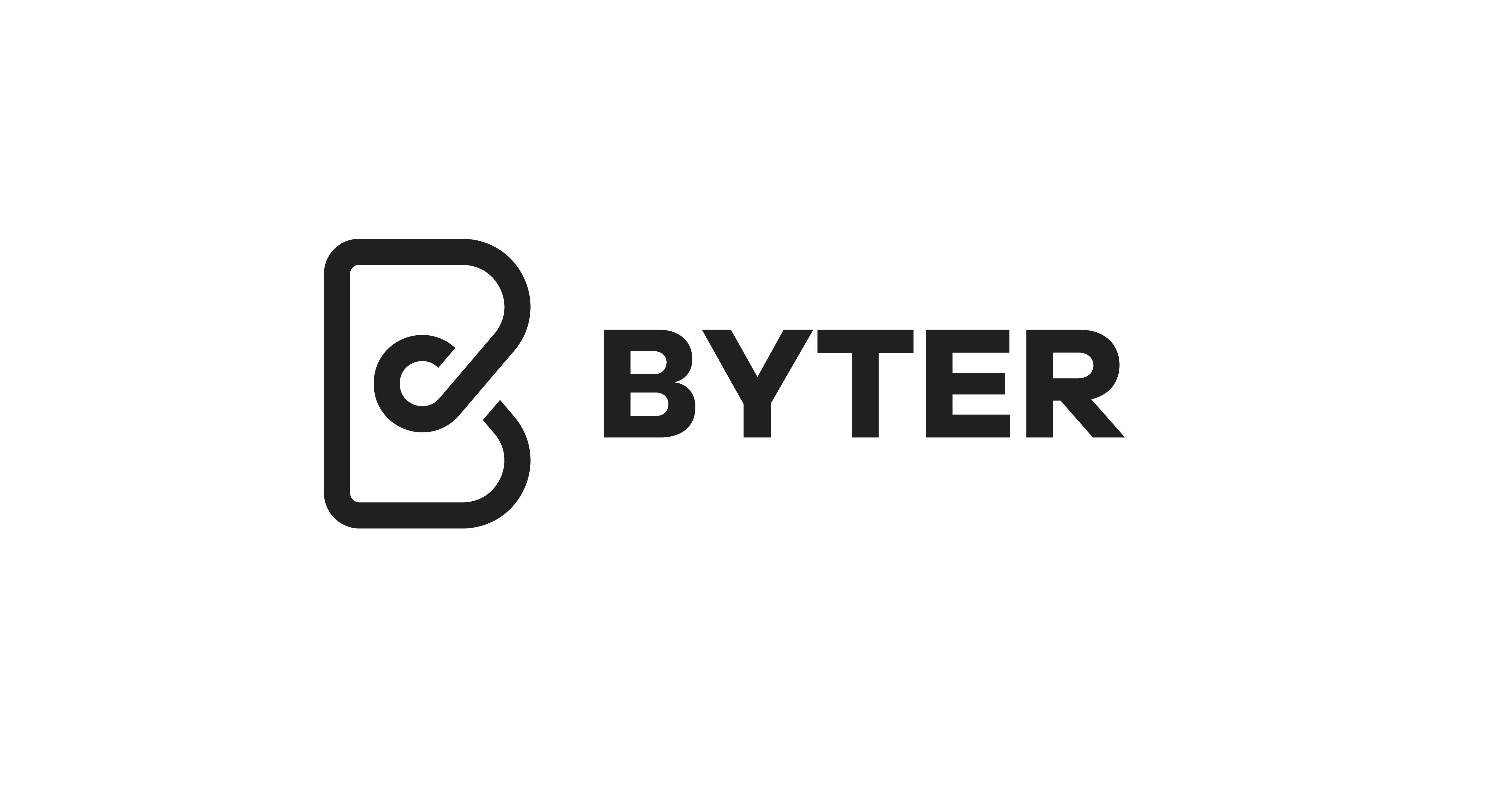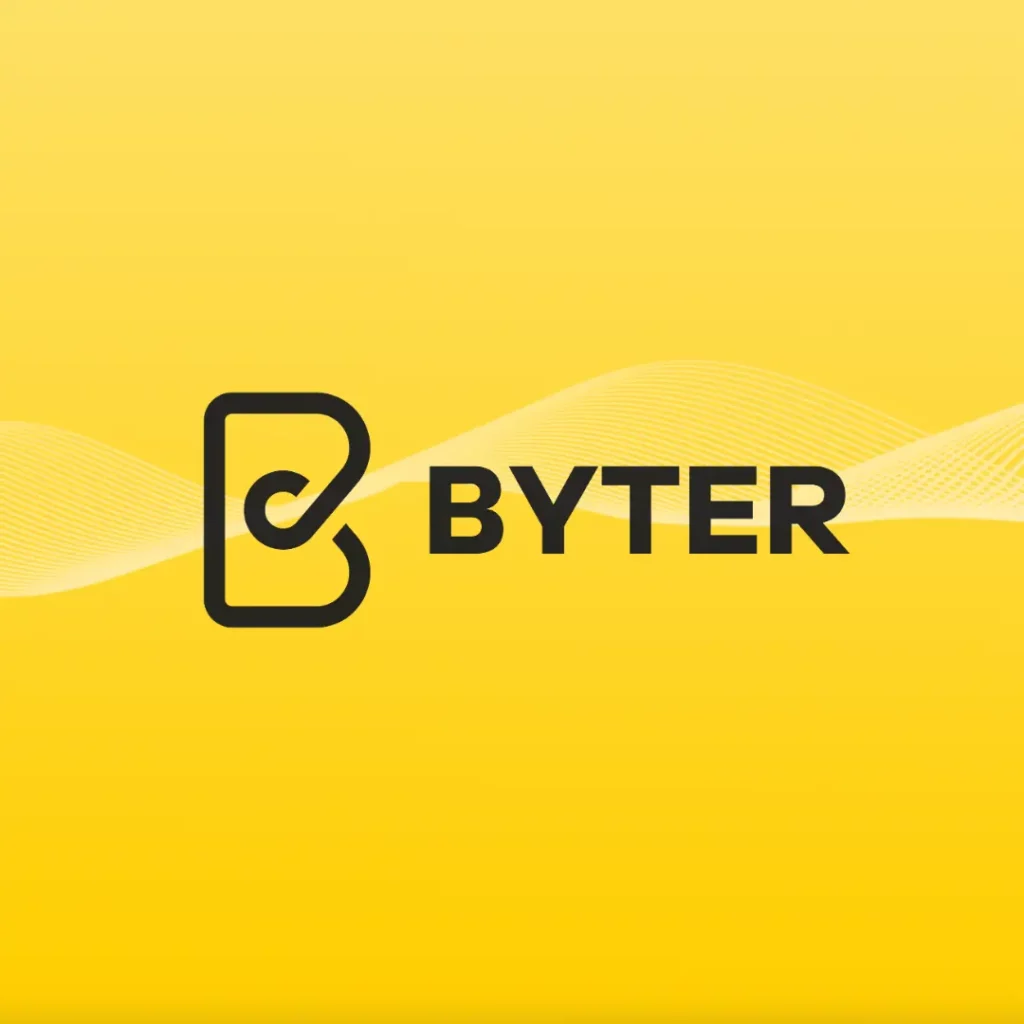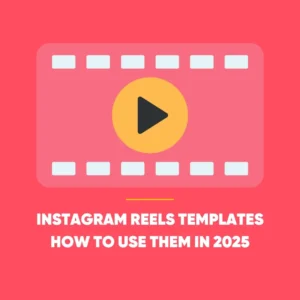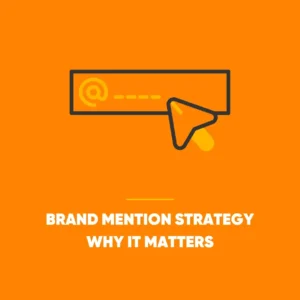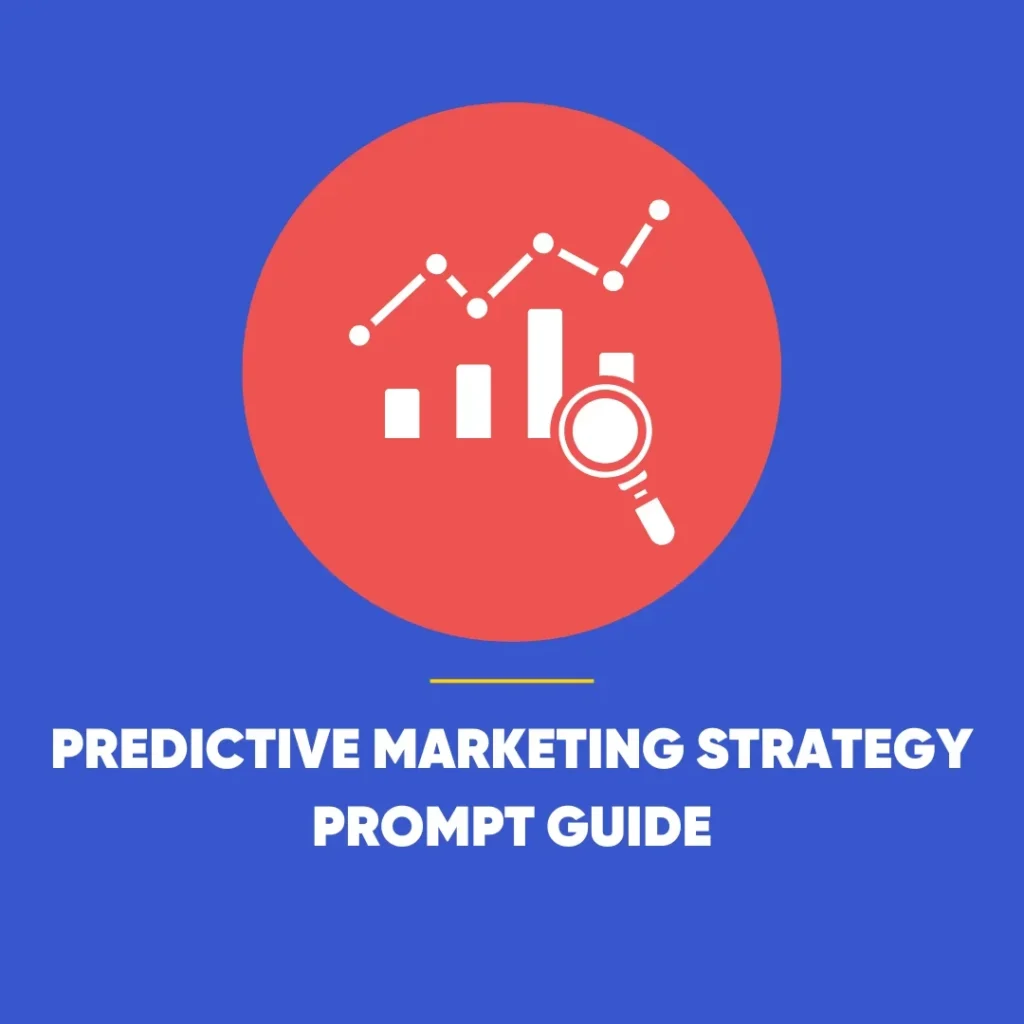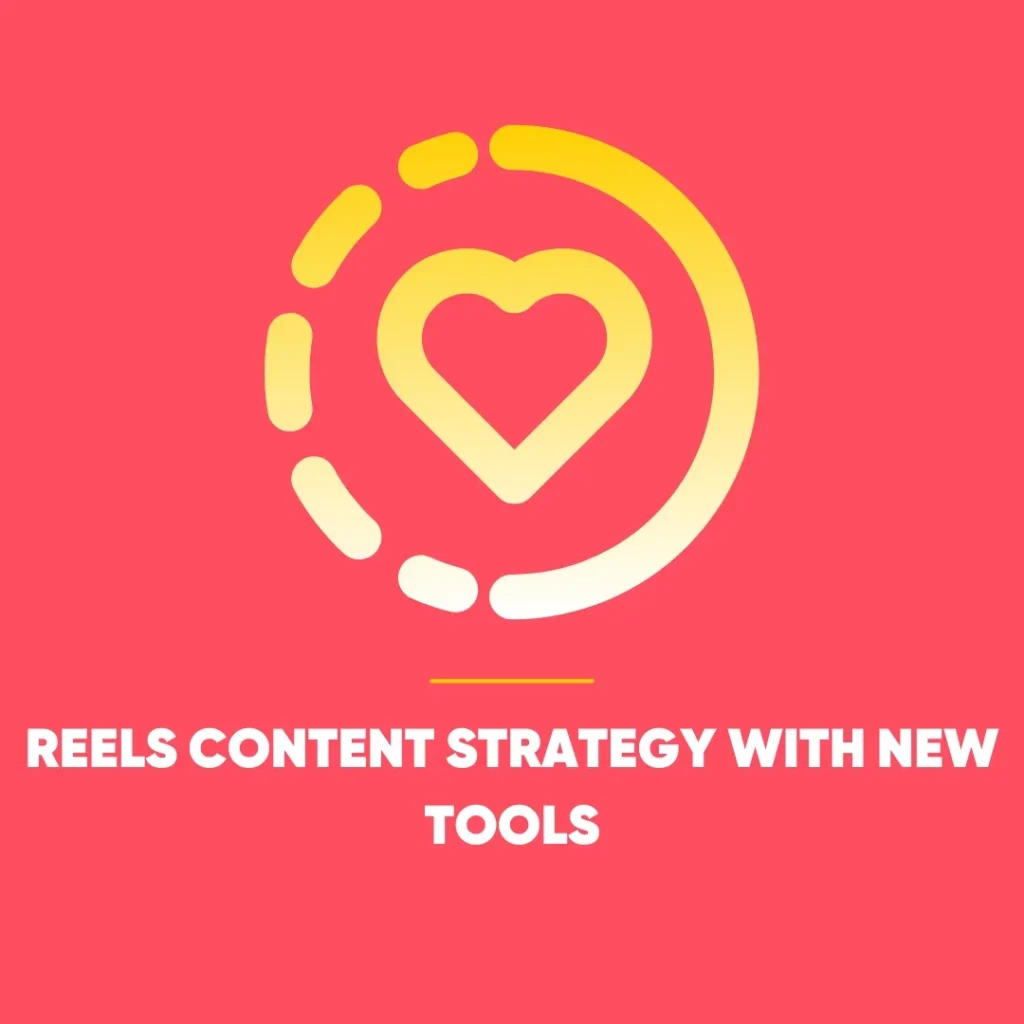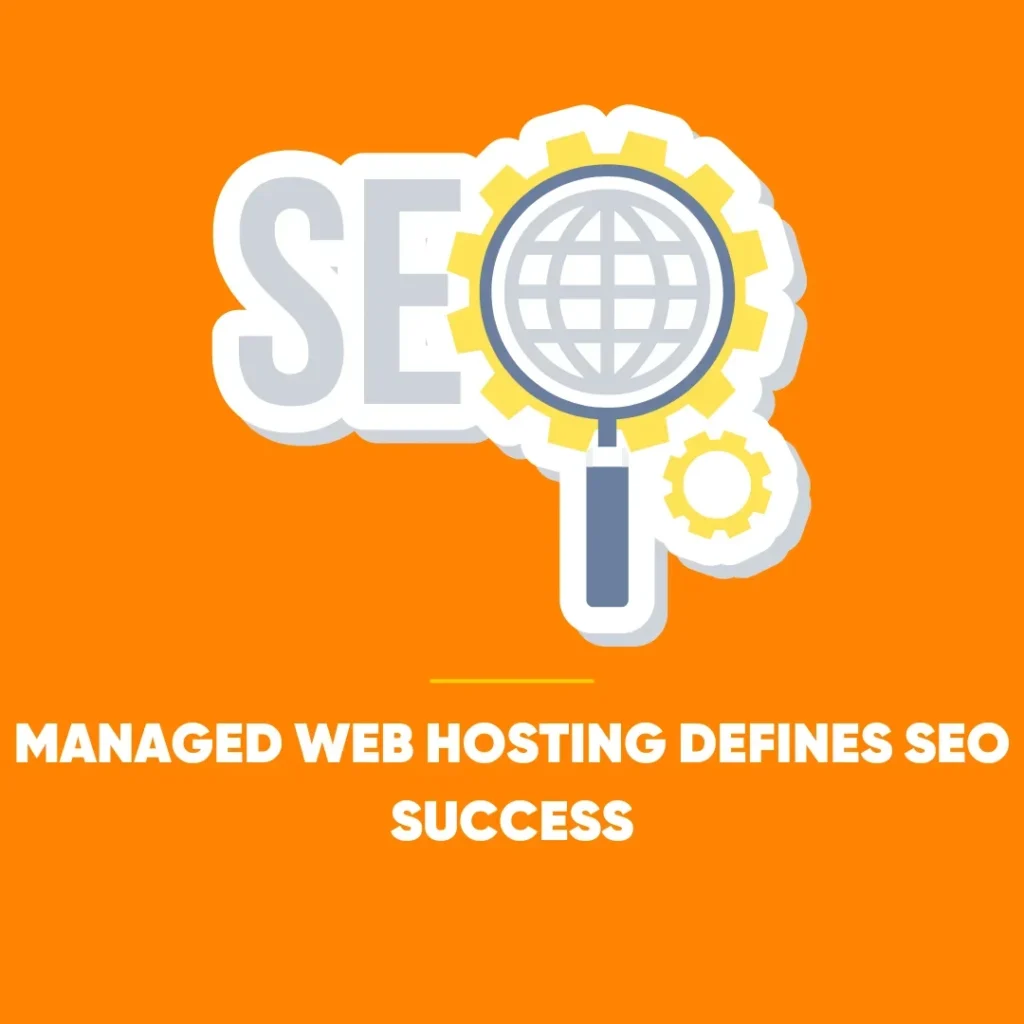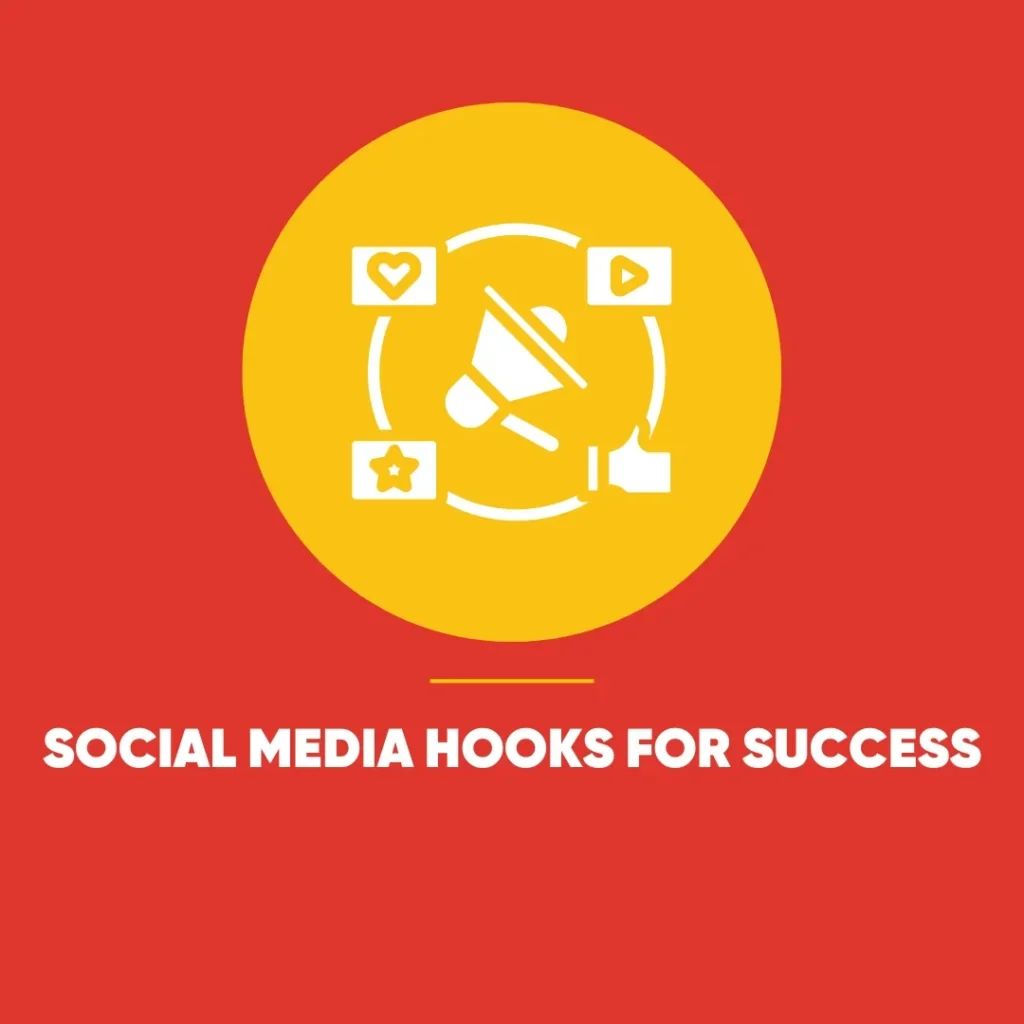B2B SEO Strategy: Common Pitfalls
In business-to-business search marketing, a strong B2B SEO strategy focuses on capturing high-intent visitors ready to act. These searchers, in theory, should convert into qualified leads. Yet the reality is far more complex.
High-intent visibility doesn’t always equal sales-ready traffic. In industries where buying journeys are long and decisions involve multiple stakeholders, that final step from “interested” to “committed” can take months – or even years.
The days of obsessing over keywords that neatly translate into clicks and conversions are behind us. Now, the emphasis must shift to understanding traffic quality, scrutinising intent, and tailoring content strategies that nurture prospects rather than rushing them towards a form fill.
B2B SEO Strategy UK: The Myth of the Conversion-Ready Visitor
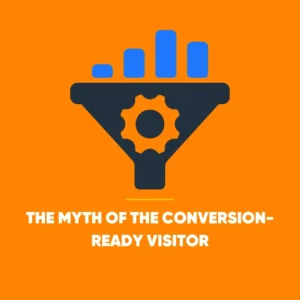 Many marketers assume that bottom-of-funnel (BOFU) content will naturally lead to instant conversions. After all, if a prospect is searching for a detailed solution, surely they are ready to buy?
Many marketers assume that bottom-of-funnel (BOFU) content will naturally lead to instant conversions. After all, if a prospect is searching for a detailed solution, surely they are ready to buy?
The truth is less straightforward. Customers don’t move through a neat linear funnel. Their decision-making process is influenced by timing, budgets, internal approvals, and personal circumstances. A potential client may submit a form one evening from their sofa – or leave a pricing page open for months before taking any action.
With the rise of AI-driven search and countless new touchpoints, buying behaviours have become less predictable than ever. Sometimes, what looks like a sure-fire conversion opportunity results in silence, while content that appears “top of funnel” unexpectedly drives rapid sales.
Why B2B Searchers Aren’t Always Ready to Buy
In many cases, visitors landing on bottom-of-funnel content are still in research mode. They may be:
- Comparing vendors and solutions.
- Building internal reports or presentations.
- Searching for pricing information to present to stakeholders.
- Exploring industry best practices before committing.
The modern buyer often completes much of their research before ever contacting a supplier. Increasingly, answers are available within search engines themselves or through large language models (LLMs). By the time a prospect reaches your site, they might still be months away from approval to buy.
If marketers assume too much and push a single rigid call-to-action (CTA), they risk alienating these visitors. Instead, websites must balance clear conversion opportunities with flexible resources – webinars, case studies, guides, or even pricing transparency – to support buyers at every stage.
B2B SEO Strategy UK: Intent vs. Sales Readiness
Understanding intent is only half the battle. Sales readiness is an entirely different challenge. A visitor may appear to show high intent by browsing case studies or solutions pages, but still be far from prepared to speak with a sales representative.
Budget cycles, internal delays, or company-wide strategy changes often hold back conversions. This can lead marketing teams to mistakenly question their forms, CTAs, or content quality. In reality, the prospect might simply not be ready.
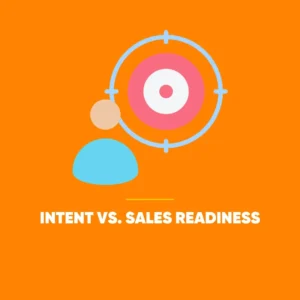 The key is to avoid frustration and instead recognise that ongoing engagement – through email nurturing, remarketing, or content subscriptions – can keep your brand front of mind until the timing is right.
The key is to avoid frustration and instead recognise that ongoing engagement – through email nurturing, remarketing, or content subscriptions – can keep your brand front of mind until the timing is right.
The Pitfalls of Generic CTAs
The classic “Request a Quote” or “Book a Demo” button is not always the right fit for B2B SEO. One-size-fits-all CTAs can alienate those who are curious but not yet ready for a formal conversation.
Instead, organisations should offer a variety of entry points, such as:
- Downloadable industry reports.
- Invitations to webinars or Q&A sessions.
- Subscription to newsletters or resource hubs.
- Interactive tools like ROI calculators or comparison charts.
By diversifying engagement options, companies avoid the trap of losing a valuable lead simply because they weren’t ready to commit to direct contact.
B2B SEO Strategy UK: Content as a Trust-Building Tool
Rushing prospects into form submissions often results in mismatched leads – those who are interested but unqualified. This frustrates both marketing and sales teams, leading to wasted time and weaker close rates.
Content should do more than capture names. It should build confidence, qualify leads, and set expectations. Transparency about pricing, detailed case studies, and honest explanations of processes all strengthen credibility.
In B2B, quality matters more than sheer volume. A smaller pool of genuinely engaged and qualified leads will always outperform a large list of disengaged contacts.
Moving Beyond Funnel Stages: The Power of Intent Clusters
Traditional funnel models divide content into top, middle, and bottom stages. While useful, this approach oversimplifies modern buyer behaviour.
A more effective strategy is to think in terms of intent clusters: grouping content by the type of questions buyers are asking and the challenges they face at different points in their journey.
For example:
- Early-stage content: “How do I solve X problem?”
- Mid-stage content: “Which solutions are best for X?”
- Late-stage content: “How much does X solution cost?”
By mapping content around intent clusters, businesses ensure that they cover every question a potential buyer might ask – whether they are browsing casually, conducting deep research, or preparing for a purchasing decision.
This approach also prepares websites for the future of search, where AI-driven engines surface comprehensive, trustworthy answers rather than simple keyword matches.
B2B SEO Strategy UK: Writing for Both Decision-Makers and Influencers
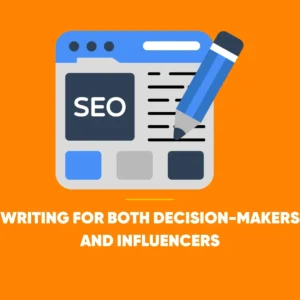 One of the biggest challenges in B2B SEO is that the person reading your content may not be the final decision-maker. Assistants, junior employees, or even automated systems often perform research on behalf of senior leaders.
One of the biggest challenges in B2B SEO is that the person reading your content may not be the final decision-maker. Assistants, junior employees, or even automated systems often perform research on behalf of senior leaders.
That doesn’t mean the effort is wasted. Informative, credible content empowers these “gatekeepers” to advocate for your solution internally. Whether through detailed technical resources, accessible explainer guides, or thought leadership articles, businesses can equip influencers with the knowledge they need to persuade the real decision-makers.
Final Thoughts
B2B SEO is not about herding prospects through a rigid funnel. It is about meeting people where they are, with content that informs, reassures, and engages.
Marketers must accept that not every high-intent visitor will convert immediately. Long sales cycles, complex approval chains, and unpredictable behaviours are all part of the process.
The solution is not to abandon bottom-funnel strategies, but to enhance them – offering varied CTAs, building trust through content, and creating resources that serve both decision-makers and influencers.
By shifting focus from quick wins to long-term relationships, businesses can turn visibility into value. High-intent traffic may not always perform as expected in the short term, but when nurtured with care, it lays the foundation for sustainable growth and stronger client partnerships.
